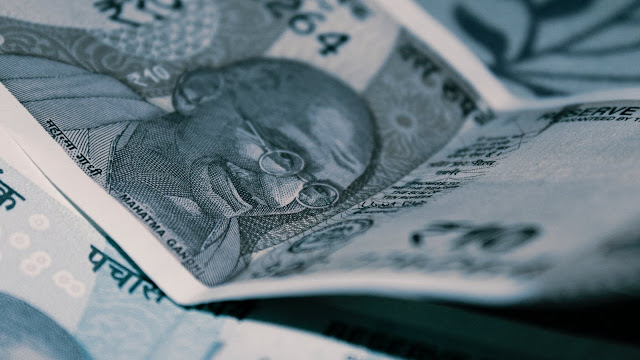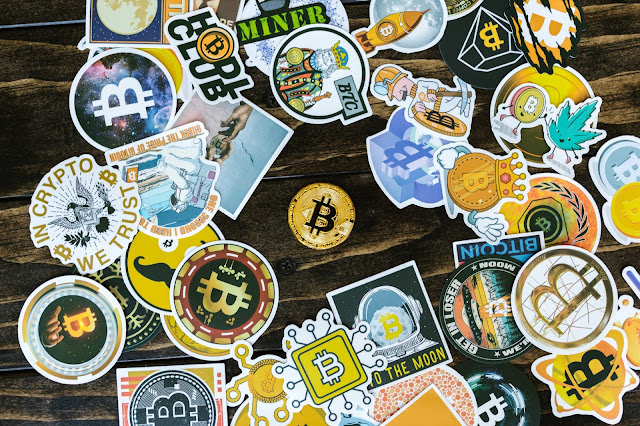What is Digital Rupee ? Why is it required ?
Among the key personal finance announcements that Finance Minister Nirmala Sitharaman announced in her Budget 2022 speech, one was about the Reserve Bank of India (RBI) launching its own digital rupee in the financial year 2022-23. India's very own official digital currency is likely to debut by early 2023, which will mirror any of the currently available private company-operated electronic wallets, but with a change that it will be a sovereign-backed facility, a top government source said.
- What is Digital Rupee (CBDC)?
CBDC is the legal tender issued by a central bank in a digital form. It is the same as a fiat currency and is exchangeable one-to-one with the fiat currency. Only its form is different.
In simple words, the CBDC will be a digital form of the Indian rupee. Once the RBI starts circulating the digital rupee, common people that's you and me could use it just like the regular rupee. The digital rupee could be similar to your NEFT, IMPS, or digital wallets. You could use it to make wholesale transactions or retail payments. You could send it abroad. You could do a lot of things with it. The only big difference will be that the Digital rupee will not require any intermediaries (in simple terms a bank account) and can be transferred from one person to another just like a physical note.
- Advantages :
According to the RBI, there are several advantages that a CBDC has. Payments using CBDCs are final and thus reduce settlement risk in the financial system. CBDC will eliminate the need for interbank settlement. It can be compared to a UPI system where CBDC is transacted instead of bank balances as if cash is handed over.
CBDCs would also potentially enable more real-time and cost-effective globalization of payment systems. It is conceivable for an Indian importer to pay its American exporter on a real-time basis in digital Dollars, without the need of an intermediary. This transaction would be final, as if cash dollars are handed over, and would not even require that the US Federal Reserve system is open for settlement. Time zone difference would no longer matter in currency settlements.
It will help the government print fewer physical notes and curb counterfeit currency. It will help create a "more efficient and cheaper currency management system".
- Risks :
If electronic cash becomes popular, and the RBI places no limit on the amount that can be stored in mobile wallets, weaker banks may struggle to retain sticky, low-cost deposits. And even as they lose that cushion, lenders may be reluctant to shed their loan assets and sacrifice profits. Their less-liquid balance sheets could leave them vulnerable to bank runs.
The use of a digital rupee will always leave a money trail. This means the government will be able to track where and how you used the money. This will give rise to privacy concerns because the financial transactions of the parties involved can be leaked and misused.
- What's Next?
The Digital Rupee is likely to come into circulation by early 2023 but Some observers say that will happen only after Parliament passes the Cryptocurrency and Regulation of Official Digital Currency Bill, which will give the RBI the authority to issue the digital rupee. The bill is unlikely to be tabled in the ongoing budget session of Parliament. Maybe, it will be presented in the monsoon or winter session in the second half of the calendar year. The RBI will have to cover a lot of ground before issuing the digital rupee so it will be very interesting to see how this idea of digital rupee gets executed while the pressure to provide an alternative to China's Digital currency is also knocking at the door. We will cover more on this in the coming days.








No comments